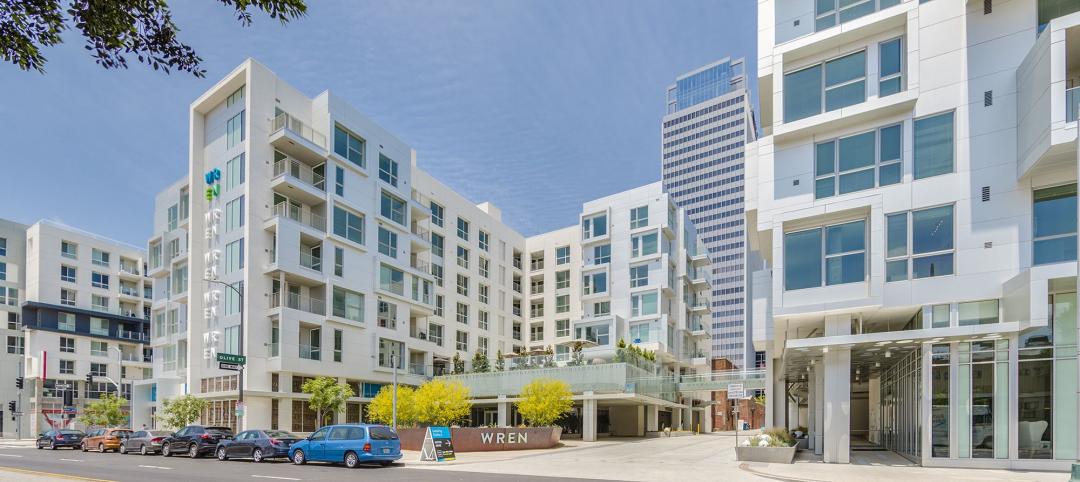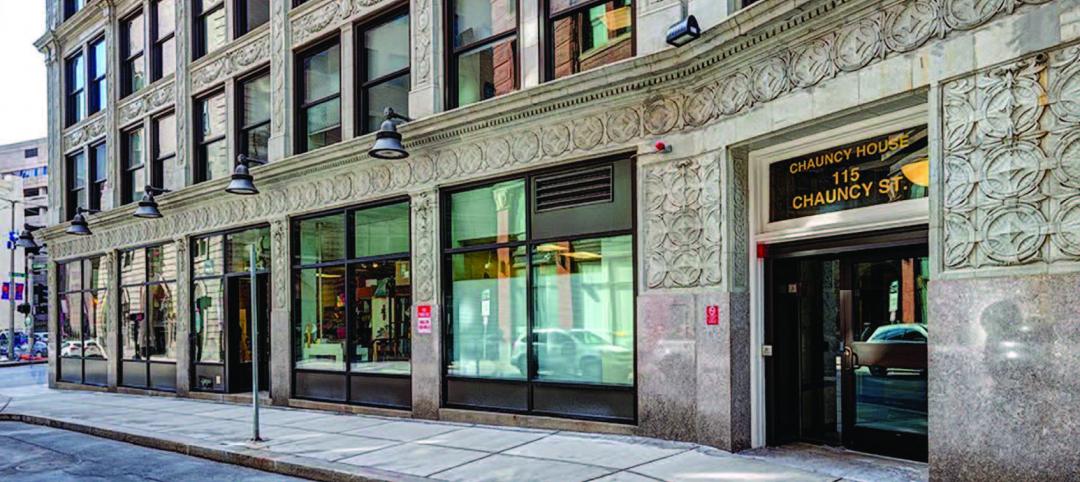The commercial office sector shows few signs of slowing down. According to a 2017 end-of-year survey from real estate firm Transwestern, fourth-quarter vacancy rates in the U.S. landed at 11.5%, the lowest in 10 years, even as average asking rents continue to rise.
As leading market drivers like the so-called TAMI sector—technology, advertising, media, and information—push demand for differentiated, amenity-centric, and tenant-focused office product, one might think that older buildings are at a disadvantage. Savvy Building Teams say that’s not always the case.
In fact, from San Francisco to Boston, from New York to Chicago, leading owners, developers, and project teams are employing thoughtful upgrades to older buildings to create meaningful spaces that help attract and retain top tenants—and their best people.
Six common strategies used by these Building Teams help address competitive pressures and deliver more attractive offerings with renovated and reconstructed commercial developments.
LEARNING OBJECTIVES
After reading this article, you should be able to:
• Describe how market dynamics and local codes are changing the needs for adaptive-reuse projects.
• Understand office building end-user preferences for amenities.
• List the factors in planning upgrades of older buildings and historic landmarks.
• Discuss approaches to improving existing office buildings that leverage technology and reduce energy use.
TAKE THIS FREE AIA COURSE AT BDCUNIVERISTY.COM
Related Stories
BD+C University Course | Aug 1, 2019
Design and construction of cannabis facilities [AIA course]
AEC firms are rushing to fill orders for cannabis facilities in the 33 states where the sale of medical marijuana is now legal. This course is worth 1.0 AIA learning units.
BD+C University Course | Jul 12, 2019
Roofing Drainage Systems [AIA course]
While the various layers of the roof assembly play a key role in keeping moisture from infiltrating into the interior, adequate weather protection also depends on the roof’s ability to drain moisture away from the building. This course is worth 1.0 AIA LU/HSW.
BD+C University Course | Jul 8, 2019
Value engineering: Where quality meets cost control [AIA course]
This course covers the history of value engineering, the benefits it provides, and the value engineering methodology.
BD+C University Course | Jul 8, 2019
Shadow box design: To vent or not to vent [AIA course]
A curtain wall shadow box is a spandrel assembly consisting of vision glass at the building exterior and an opaque infill at the interior side of the curtain wall system. This course is worth 1.0 AIA LU/HSW.
BD+C University Course | May 10, 2019
Designing behavioral health facilities [AIA course]
Recent gun violence, the opioid epidemic, and other social issues with significant behavioral health implications underscore the need for behavioral health facilities.
BD+C University Course | Apr 24, 2019
Sandwich cladding primer [AIA course]
Learn about the differences in design, structural integrity, and insulating capacity between various types of sandwich claddings. This AIA CES course is worth 1.0 learning units.
BD+C University Course | Apr 23, 2019
Multifamily, mid-rise buildings using wood construction [AIA course]
This AIA CES course outlines the reasons for the rising popularity of wood in multifamily buildings; reviews code compliance and fire safety considerations; and discusses techniques for successful wood building designs.
BD+C University Course | Apr 17, 2019
Urban placemaking: Building equity by design [AIA course]
The U.S. is in the midst of an urban renaissance. People are returning to cities, sparking new investment and growth.
BD+C University Course | Apr 9, 2019
Storefront rehabilitation and design [AIA course]
Rehabilitation and design of storefront systems demands consideration of many factors, from thermal performance and operability to historic landmark sensitivity and appearance.
BD+C University Course | Apr 8, 2019
See-through and safe: Innovations in fire-rated glazing [AIA course]
From glass floor systems to large-scale glazing installations, experts share the latest trends, advancements, and applications for fire-rated glazing and fire-resistive barriers in commercial buildings.


![Creating real estate value with commercial office reconstruction [AIA Course] Creating real estate value with commercial office reconstruction [AIA Course]](/sites/default/files/AIABDC0518_0.jpg)
![Design and construction of cannabis facilities [AIA course] Design and construction of cannabis facilities [AIA course]](/sites/default/files/styles/list_big/public/AIAcourse.jpeg?itok=ZkXjS2TC)
![Roofing Drainage Systems [AIA course] Roofing Drainage Systems [AIA course]](/sites/default/files/styles/list_big/public/February%202019%20Roof%20Drainage%20AIA%20course.jpg?itok=RYwfJnqS)


![Designing behavioral health facilities [AIA course] Designing behavioral health facilities [AIA course]](/sites/default/files/styles/list_big/public/AIA_BDC0418.jpg?itok=vALIzijY)
![Sandwich cladding primer [AIA course] Sandwich cladding primer [AIA course]](/sites/default/files/styles/list_big/public/sandwich%20cladding%20course.jpg?itok=4xiFy5jk)

![Urban placemaking: Building equity by design [AIA course] Urban placemaking: Building equity by design [AIA course]](/sites/default/files/styles/list_big/public/Rudy%20Brunder%20project.jpg?itok=X0fWTMv1)

![See-through and safe: Innovations in fire-rated glazing [AIA course] See-through and safe: Innovations in fire-rated glazing [AIA course]](/sites/default/files/styles/list_big/public/SAFTI%20FIRST%20final%201.jpg?itok=m8pdw17S)




